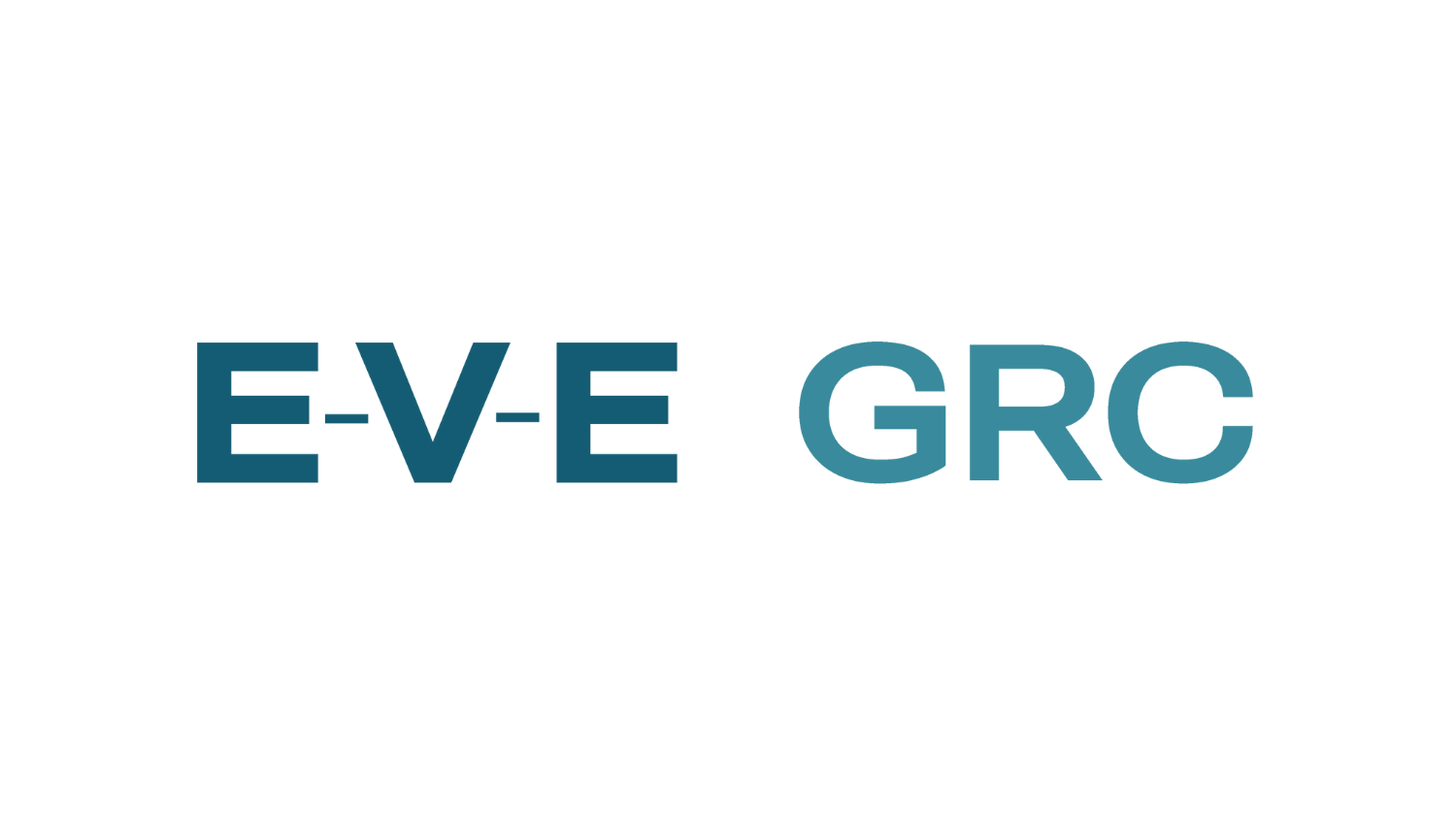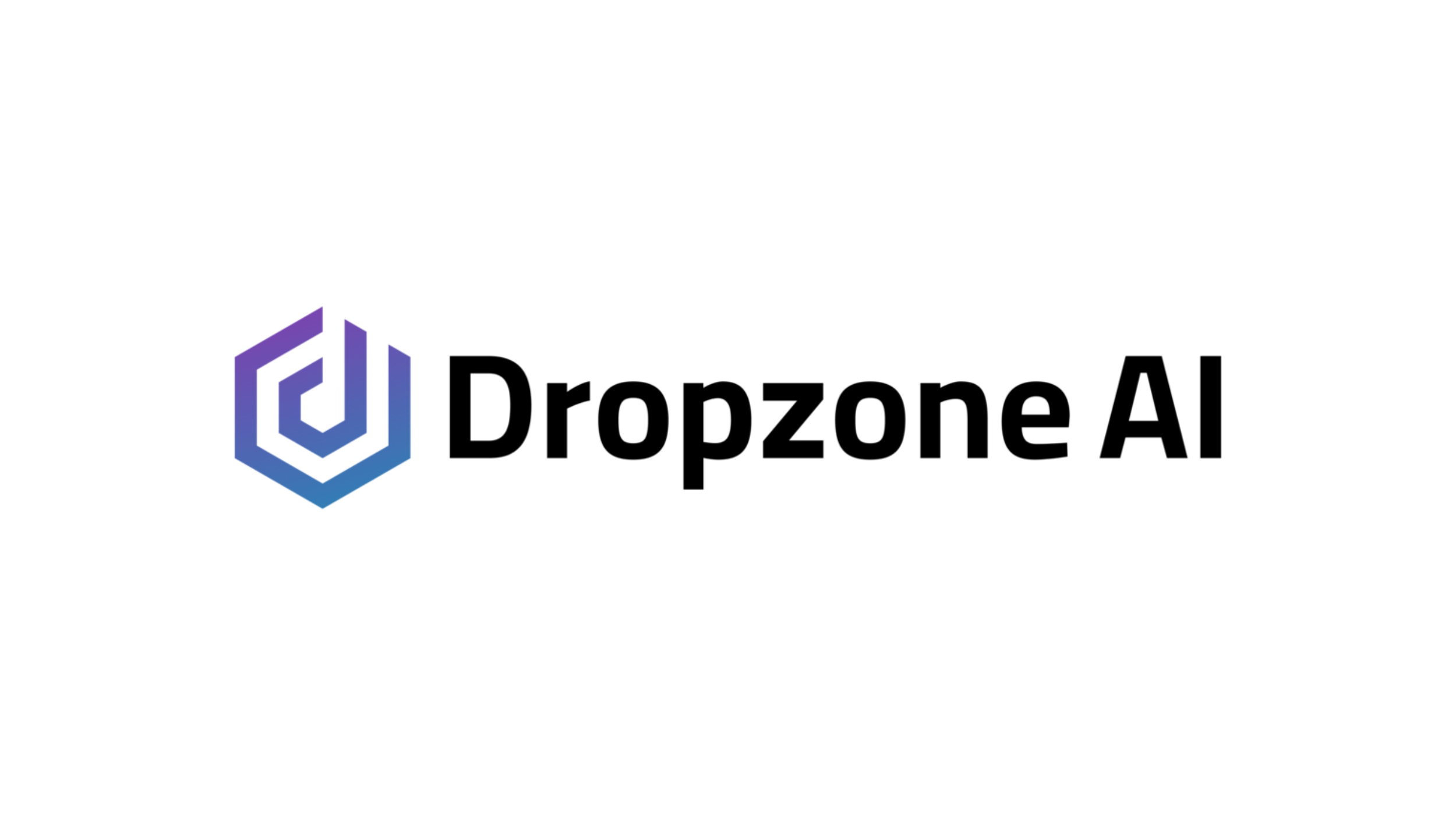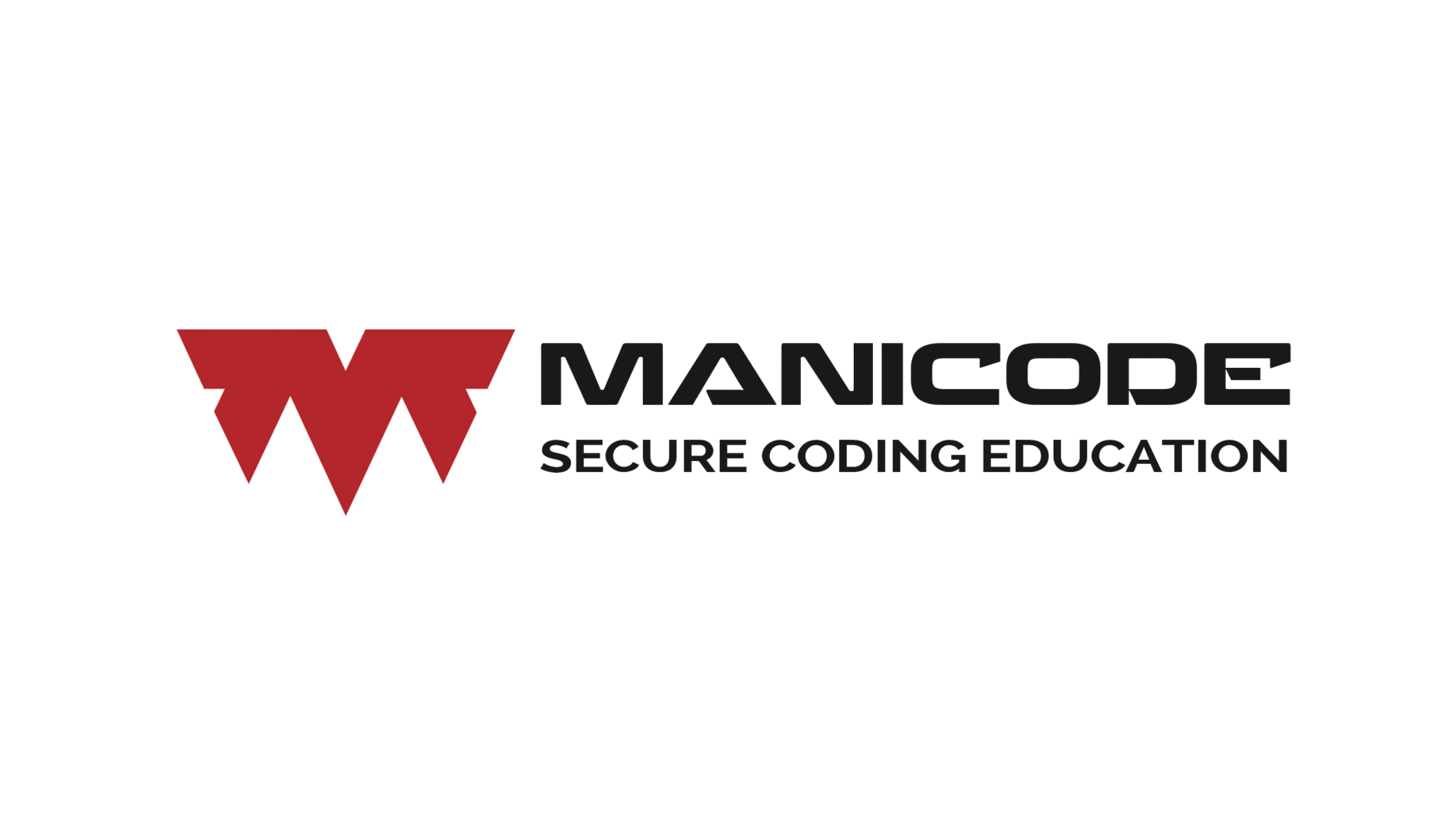
Listen Up, These Are Brand Stories!
A good story connects us. A good story makes us imagine and visualize a scenario; it makes us think and feel; it drives us to take action. A Promotional Brand Story Podcast or Webcast on ITSPmagazine is designed to accomplish these same things; connecting businesses to customers — and, more importantly, the other way around. An old saying in advertising goes something like this: A brand is not what the company thinks it is, it is what the customers think it is.
Every company has a story to tell—from the small start-up to the large enterprise and everything in between.
the Most Recent brand Stories
Security doesn’t have to be complicated to be effective. This conversation reveals how practical controls, simplified processes, and continuous customer engagement are helping organizations achieve strong security without slowing down business.
High-profile corporate leaders face digital risks that extend far beyond company networks, from personal email compromises to deepfake attacks. This episode explores how combining advanced technology, privacy safeguards, and concierge-level service creates an always-on shield for executives and their families.
AI innovation is advancing faster than security integration, leaving enterprises vulnerable to threats ranging from AI bot scraping to compromised conversational agents. This discussion explores how organizations can protect both their data and business models while embracing AI-driven growth.
This episode explores how AI is reshaping governance, risk, and compliance by eliminating manual drudgery and delivering evidence-based, automated recommendations. Hear how Eve’s purpose-built AI platform is already transforming how organizations approach third-party risk, compliance audits, and ESG reporting.
Executives and their families face growing digital risks that blur the lines between personal and professional. This episode explores a proactive and human-driven approach to executive protection that blends cybersecurity, privacy, and concierge-level response into a cohesive solution.
Join ITSP Magazine's Marco Ciappelli and Sean Martin as they preview ThreatLocker's exciting Black Hat 2025 presence with Detect Product Director John Lilliston. Discover upcoming major announcements, hands-on hacking demos, and how ThreatLocker's default deny approach is revolutionizing enterprise cybersecurity through comprehensive zero trust implementation.
Software supply chain visibility has moved from a technical issue to a boardroom mandate, with CEOs taking notice of the business risks tied to insecure code. In this episode, Theresa Lanowitz of LevelBlue shares why visibility matters, who owns it, and how companies can act now to reduce risk and build resilience.
AI is transforming how businesses operate—but the security gaps it introduces are just as profound. In this episode, Rupesh Chokshi outlines the rising risks of agentic AI, API exposure, and bot-driven scraping—and what security teams can do about it today.
As Black Hat USA 2025 approaches, the cybersecurity world is buzzing with innovation—and Dropzone AI is right at the center of it. With roots in Seattle and a mission to bring true intelligence into the security operations center (SOC), the Dropzone AI team is gearing up for a packed week in Las Vegas, from BSides to the AI Summit, and finally at Startup City (booth #6427).
What makes a security certification actually reliable—and how do you measure that value over time? In this episode, HITRUST shares findings from their 2025 Trust Report, revealing how real-world threat data, quality assurance, and continuous validation are reshaping the way organizations—and their partners—view risk, resilience, and trust.
This Brand Story episode explores how practical, accessible training can bridge the gap for aspiring penetration testers facing high barriers to entry. White Knight Labs explains how their new ELPT program prepares trainees to handle real-world engagements, not just lab simulations.
Cybersecurity assessments can’t be one-and-done—and they can’t rely on outdated frameworks. This episode explores how a threat-adaptive model helps organizations stay in sync with real-world attacks by aligning assessments to live data, enabling more accurate control scoping, better boardroom conversations, and stronger third-party assurance.
When vulnerability scores alone can’t tell you what truly matters, what do you do? In this episode, Tod Beardsley of runZero reveals how security teams can uncover hidden risks and prioritize action based on real-world exposure—not just numbers.
What does it really take to stop a cyberattack before it spreads—and can AI truly help without sidelining human judgment? In this episode, eSentire CTO Dustin Hillard shares how his team has spent years applying machine learning, artificial intelligence, and now agentic AI to supercharge security investigations, helping analysts contain threats faster while maintaining transparency, control, and trust.
Sterling Wilson joins us to unpack why immutability isn’t just for large enterprises and how Object First is making secure backup accessible, fast, and budget-friendly — all with a little help from their mascot, OOTBI. From agentic AI to cyber insurance pressures, this conversation breaks down the critical role of proactive, simple data protection in today’s security strategy.
Jim Manico shares how his decades of secure coding experience are shaping a new era of AI-assisted development, revealing both the risks of insecure code generation and the potential to teach AI to do better. From developer training to launching the AISVS project, this episode highlights a personal and professional journey at the forefront of application security innovation.
Rob Allen, Chief Product Officer at ThreatLocker, shares how their proactive, Zero Trust-driven approach is helping organizations around the world secure their environments—without unnecessary complexity. From region-specific regulations to universal security gaps, this episode explores what really drives meaningful conversations at events like InfoSecurity Europe.
This episode explores how ThreatLocker is reshaping Zero Trust by focusing on proactive control, operational simplicity, and the elimination of redundant security layers. Rob Allen shares real-world examples from RSAC 2025, including live attack demos and candid feedback from customers, to highlight why manageability is the true key to effective cybersecurity.
This episode explores why cybersecurity must be more than just tools and tactics, highlighting the importance of community, continuous learning, and mental health in sustaining the profession. Rob Clyde joins Sean Martin and Marco Ciappelli to unpack the personal and industry-wide stakes of quantum risk, burnout, and the true value of professional connection.
In this post-RSAC 2025 Brand Story, Marco Ciappelli catches up with Steve Schlarman, Senior Director of Product Management at Archer, to discuss the evolving intersection of GRC, AI, and business value. From regulatory overload to AI-enhanced policy generation, this conversation explores how meaningful innovation—grounded in real customer needs—is shaping the future of risk and compliance.
Fred Wilmot and Sebastien Tricaud challenge traditional detection models by introducing a faster, behavior-based approach that continuously generates and validates detections tailored to real-world threats. If you’re tired of optimizing broken processes and want to hear how teams can actually stay ahead of adversaries, this conversation is for you.
In this episode, Vivin Sathyan, Senior Technology Evangelist at ManageEngine, shares how contextual integration across IT management tools is reshaping how organizations respond to threats, align with business goals, and deliver measurable value. He also explains why thoughtful AI adoption, role-specific functionality, and global proximity to customers are essential to building trust and delivering results.
Charles Henderson of Coalfire shares how cybersecurity programs can become more impactful by moving beyond tactical testing and toward coordinated, threat-driven operations that tell a complete story—from red teaming to executive reporting. He also reflects on the human side of the industry, from musical creativity to hacker culture, and why nurturing talent is key to long-term success.
Stellar Cyber’s Subo Guha outlines how their open XDR platform and new autonomous SOC features are making enterprise-grade cybersecurity achievable for MSSPs and the organizations they support. By combining flexible integrations, case-based alerting, and hyper automation, Stellar Cyber is redefining how security operations can scale without overwhelming human teams.
Containerization transformed development speed—but at what cost to security? In this episode, Emily Long, co-founder and CEO of Edera, explains how rethinking infrastructure from the kernel up is making true container isolation possible without sacrificing developer velocity or platform flexibility.
Yair Geva joins us to unpack how cybersecurity, AI, and M&A are converging—and what that means for startups, investors, and global deal flow. From the rise of cyber due diligence to the shifting confidence of VCs in the age of AI, this episode offers a rare view into the business side of cyber innovation.
Richard Seiersen, Chief Risk Technology Officer at Qualys, introduces the concept of a Risk Operations Center—a transformative shift from traditional threat-focused security operations to a model centered on managing business value and reducing risk at scale. In this episode, he explains how organizations can move beyond detection to strategic risk mitigation, automation, and board-level alignment.
Hugh Njemanze, Founder and CEO of Anomali, reveals how a purpose-built, cloud-native SIEM infused with agentic AI is transforming how security teams detect threats, reduce incidents, and prioritize risk. From faster investigations to board-ready insights, this conversation challenges outdated assumptions and showcases what modern security operations can truly achieve.
Mark Manzano, General Manager of Cybersecurity at SandboxAQ, shares how his team is tackling the urgent challenges of quantum-era cryptography and the explosion of AI agents across enterprise environments. From real-time cryptographic agility to continuous non-human identity management, this episode reveals how organizations can modernize security before it’s too late.
Jamie Norton, Board Director at ISACA, shares how the organization is tackling the cybersecurity skills gap by focusing on career development, hands-on certifications, and community support for professionals at every stage. This episode explores how ISACA is aligning real-world workforce needs with practical solutions to help individuals enter, grow, and thrive in the field.




























